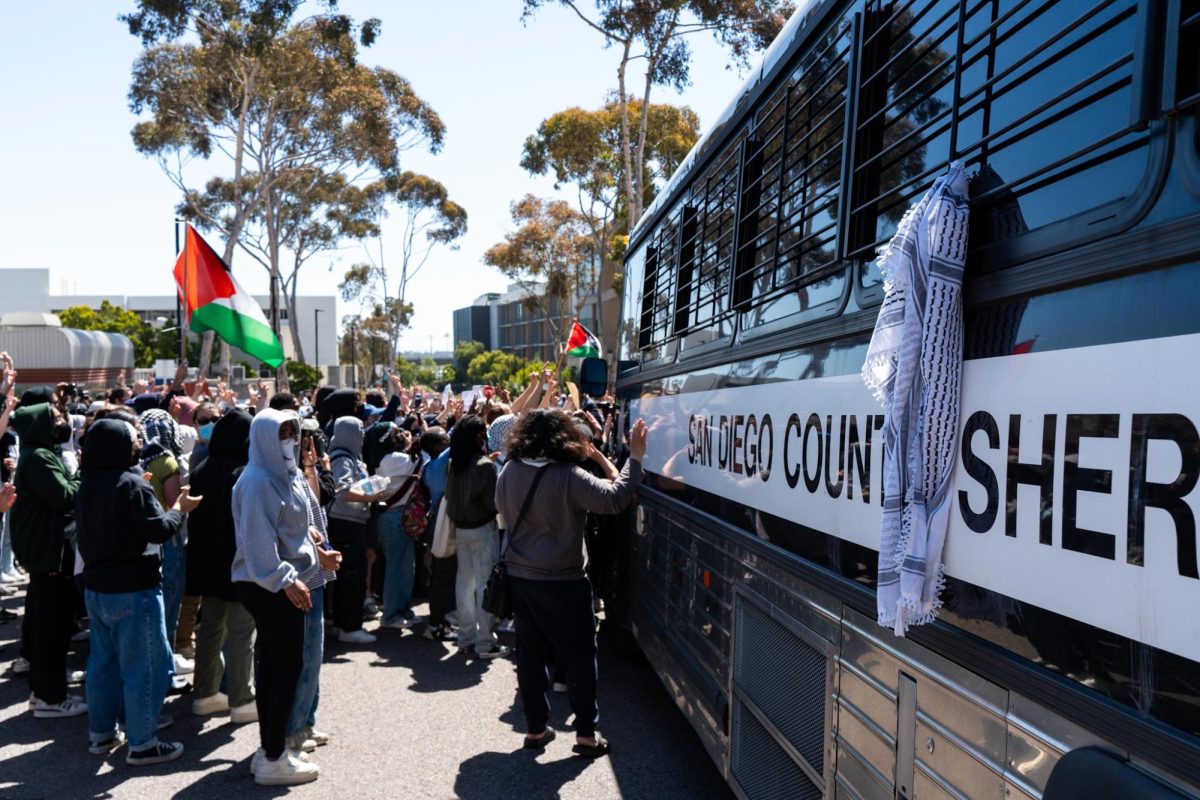As Russian and Ukrainian tensions boiled over for the past few months, Russia’s media control gives them the first win without firing a shot.
Over the past few months, Russia has increased its level of aggression towards Ukraine. Through placing forces closer to the border and intelligence leaks from the Pentagon warning of an attack, Putin is establishing at least the threat of an attack.
The diplomacy between Russia and Ukraine deteriorated a while ago, starting with Ukraine’s departure from the Soviet Union. After the Soviet Union collapsed, the nuclear weapons were spread across four countries, two of which were Russia and Ukraine. Ukraine gave up their arms in exchange for diplomacy with Russia.
The issues came when the United States offered an invitation for Ukraine to join NATO, making Putin feel threatened by the western alliance group. The threat is based around having a Western-allied power so close to the motherland.
Back in 2015, Putin threatened with a similar attack: push military forces to the border of Ukraine and Russia along with an upstick of Russian propaganda in the area.
Now, Russia is pushing in again on the Ukraine borders, moving in tanks, military personnel, and resources. While their administration denies any kind of attempted aggression, the United States military feels otherwise. On the brink of war, Russia is continuing a staple of the Putin administration: controlling the narrative their people receive.
The vast majority of media based in Russia is government controlled, which allows the government to direct the narrative reported to the masses. Mariëlle Wijermars, assistant professor in cyber-security and politics at the faculty of arts and social sciences, outlined the rise of Russia’s control over the media.
“When Putin came to power, he started a campaign to take power back from the oligarchs, including in the media sphere,” Wijermars wrote. “Slowly but steadily he nationalized TV channels and established control over most newspapers. Since then, the news has become one-sided again, even though there still are a few exceptions, and Russian state media do not shy away from using propaganda and conspiracy theories.”
The Russian government, over the course of the last year, attacked the Ukrainian government through the media with stories labeling them as “pro-nazi” and detailing a story about a boy who was crucified in Ukraine.
Paired with their alliance to the United States, Ukraine’s portrayal in the Russian media is meant to show the need for an invasion. Along with the selective stories, the spin placed on the stories usually are meant to get across certain ideals as well.
The media often peddles anti-Western culture messages, aiming at America the most prominently. From painting Biden as weak and dangerous, Russia is able to generate hysteria towards Americans through their media channels.
The anti-American coverage is no accident — Russia repeatedly villanizes America and their transgreans overall. The establishment of the bias against the United States allows for the Russian public to blame Biden for the lack of diplomacy.
According to The Moscow Times, the Russian media is blaming the United States for the reports of an invasion on Ukraine. The government denies the claims and believes that the U.S. is simply trying to generate “hysteria.”
“The majority of the Western elite thinks that eventually Russia will evaluate everything and retreat, allowing Kyiv to forcefully cleanse Donbas of everything Russian,” an anchor stated in the Moscow times. “But along with this illusion, there is also a concrete plan, and we know who is behind it — to pit Russia and Europe against each other in a total war of sanctions.”
Apart from instilling ideals, the Russian government carries the ability to redirect the focus of the Russian people and some of those in America with denials of what is actually happening. In regards to the recent showings of aggression, their conflicting reports with America pose questions for both sides.
“Even as Russia gathers troops at Ukraine’s border, the Kremlin’s messengers have been planting the seed that Ukraine and/or Western governments are planning a false flag operation to incite a conflict with Russia,” the Alliance for Securing Democracy stated. “Officials and state media have warned about Ukrainian/Western terrorist attacks, chemical weapons attacks, and sniper fire, among other alleged plans to provoke war.”
If Russia started a war against Ukraine, the Russian people could, theoretically, be the last people to find out it happened and started.
The circulation of information slows down when the information is funneled through the Russian government, creating a delayed reaction to events or allowing for the events to be retold in a different fashion.
An example of the information transforming is in the story of the exploding car on the edge of Ukraine. A few cars caught on fire and outright exploded, a “false-flag” that Russian wanted to use as a means of invasion. The Russian media blamed the bombing on the United States, stating the action was a means of prokation and turning Europe against them.
Such a case shows the control Russia wields over an event, but traditional media is not the only means of doing so. Through the years, Russia is targeting the new-age information source: social media.
New censorship policies provide a greater control on what is seen on social channels, with Russia passing a similar law against hate speech that Germany once passed.
“Since 2017, large platforms need to have a complaints mechanism where users can report illegal content,” Wijermars wrote. “Russia makes clever use of this by simply stating ‘look, Germany does it too and Germany is a very democratic country, we are just following their lead in banning information from social media that can be harmful.’ In reality, Russian censorship of course goes much further than what the Germans do in terms of limiting online hate speech.”
In combination with the dominance of traditional media, Russia’s grip over the social media realm places a chokehold on information.
The state of media in Russia provides a key example of how Putin is able to shape his narrative not only among his people, but the world at large. The inconsistency of the reporting requires further digging from Western reporters or intelligence officers in order to truly know what happens in the Kremlin.
One lifeline for Russia media consumers is the rise in social media activists. According to the Maastricht University, there are groups which are protesting and circulating information at a faster rate in Russia. These groups are able to circumvent the “hate speech” legislation put in place.
Yet, the rise of such activist groups casts doubt on where Russians can turn for information about their own country. These activist groups remain sparse and only able to relay so much.
“I also find it quite troubling to view social media as the beacon of democracy and freedom of speech,” Wijermars wrote. That’s why it’s so important to remain a critical thinker.”
The United States, along with NATO, might enter talks with Putin over a non-violent resolution, but the flames of a Russian attack are already stoked among the Russia people.
While the United States and Russia work towards a potential diplomatic resolution, the battle for control of the narrative is already won. To his people, Vladimir Putin comes out on top again, adding to his credibility for a potential real attack down the line.
Image courtesy of Geralt of Pixabay.














Polly • Mar 6, 2022 at 5:24 am
These are not tense relations, this is real aggression towards Ukraine. While some still do not understand what is happening, people are dying in Ukraine. I advise you to learn more truth about Putin here https://www.pissedconsumer.com/vladimir-putin-president-of-russia/RT-F.html